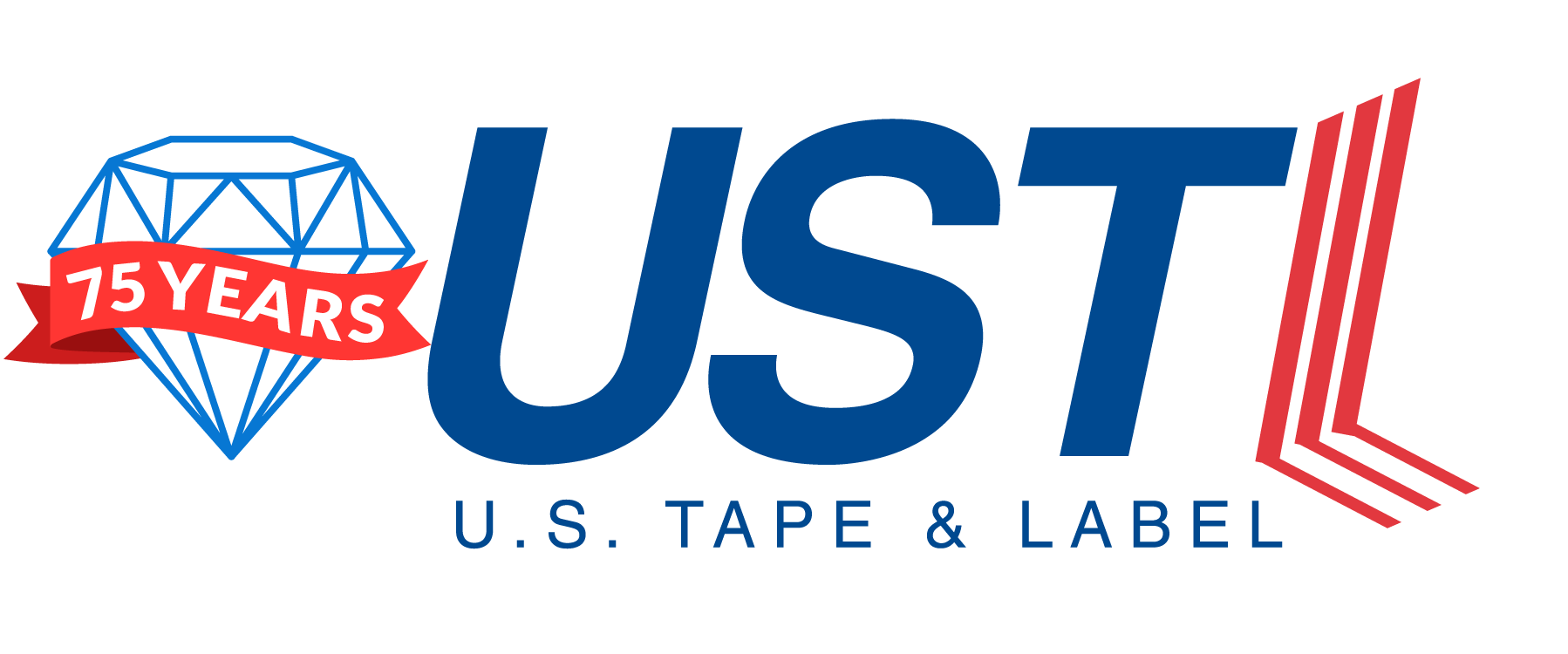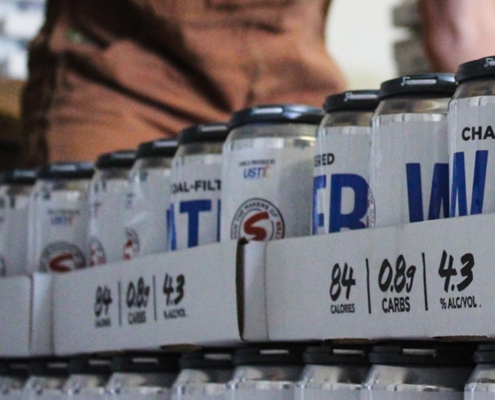 https://ustl.com/wp-content/uploads/2023/03/USTLMississippiWaterFeatured-v1.jpg
1250
2000
AbstraktMarketing
https://ustl.com/wp-content/uploads/2025/06/USTL-Logo-2025-Anniversary-LargerBanner.png
AbstraktMarketing2023-03-22 15:15:392023-03-22 15:22:23Working to send clean water to Jackson, Mississippi during a crisis
https://ustl.com/wp-content/uploads/2023/03/USTLMississippiWaterFeatured-v1.jpg
1250
2000
AbstraktMarketing
https://ustl.com/wp-content/uploads/2025/06/USTL-Logo-2025-Anniversary-LargerBanner.png
AbstraktMarketing2023-03-22 15:15:392023-03-22 15:22:23Working to send clean water to Jackson, Mississippi during a crisisFDA Label Changes: What You Need to Know About 2025’s Regulatory Reforms
If you make or sell packaged food in the U.S., 2025 brings a significant shift you can’t overlook. The FDA label changes now redefine what qualifies as “healthy” on food packaging, and that update comes with big implications for product labeling, formulation, and marketing strategy.
These changes are part of the FDA’s push to align label claims with modern nutrition science. While the goals are rooted in public health, the impact on packaging is real. If your products feature a “healthy” claim or if you’re considering adding one, there are key updates you need to understand.
Reviewing FDA Food Labeling Changes for 2025
The FDA’s updated definition of “healthy” as a nutrient content claim now applies, and it’s much stricter than before.
The revised FDA label requirements prioritize nutrient density, realistic portions, and alignment with recommended food groups. That means some previously labeled “healthy” products no longer qualify, and many brands are forced to rework their packaging and claims.
Here’s what’s different:
Nutrient Criteria
Products must contain meaningful amounts of key nutrients like potassium, fiber, calcium, or vitamin D while staying below new limits for added sugar, sodium, and saturated fat.
Food Group Alignment
The product must contribute to a recommended food group, such as dairy, whole grains, or vegetables; being “low fat” or “high protein” isn’t enough.
Realistic Portions
Calculations now reflect what people actually eat in a serving, not artificially small portions.
Any brand that still uses the “healthy” label without meeting these updated standards risks facing regulatory issues and losing consumer trust.
How the FDA Label Changes Impact Product Labels
For many businesses, this is more than a compliance adjustment; it’s a label design challenge. Labels that used “healthy” as a front-of-pack claim must now reflect the new standards. In some cases, this means updating back-panel language and front-panel graphics or entirely rethinking product positioning.
Since the FDA is also introducing a standardized “healthy” icon to appear on packages that meet the new criteria, there’s now a visual element to consider. Your labels must communicate compliance clearly and effectively, or they risk falling short in a more competitive, regulated landscape.
The FDA label changes make it essential to audit all packaging materials and prepare updates that are both regulatory-compliant and consumer-friendly.
Were you caught off guard by the FDA label changes? Explore U.S. Tape & Label’s full-service labeling solutions to see how we can keep your products compliant and eye-catching.
FDA Food Labeling Changes 2025: Who’s Most Affected?
While the new standards affect all food manufacturers, some industries feel more impact than others. Based on the latest FDA label change requirements, here’s where businesses are making the most significant adjustments:
- Snack Foods & Granola Brands: Many products exceed the new sugar or sodium limits and no longer qualify for “healthy” claims.
- Yogurts & Dairy Alternatives: Products must meet stricter requirements for dairy group alignment and added nutrients.
- Cereals & Breakfast Foods: Brands relying on fortified nutrients and low-fat marketing face challenges meeting whole grain and sugar criteria.
- Protein Bars & Meal Replacements: Many products no longer meet the “healthy” standard based on added sugar and realistic serving sizes.
- Frozen Meals & Entrees: Sodium levels disqualify many convenience meals from previously used “healthy” claims.
If you operate in these categories, your labeling strategy likely requires significant changes for compliance and maintaining consumer confidence.
Why Label Design Matters More Than Ever
Your label is a marketing tool and now a compliance document in this new environment. That means visual elements, word choices, layout, and ingredient disclosures must align with the updated FDA label requirements.
If your brand identity has leaned heavily on “healthy” as a keyword or value proposition, these changes may affect more than one label. They can influence overall packaging strategy, product development, and how customers perceive your line on the shelf.
A thoughtful, compliant redesign can help you maintain brand trust while staying within regulatory boundaries.
FDA Label Changes and Product Development: What to Do Now
By mid-2025, many companies have made the necessary changes, but plenty are still catching up. Whether you’ve updated some products and not others or haven’t started yet, here’s what to focus on now:
- Re-audit All Labels: Review every label using “healthy” claims and check for compliance under the new rules.
- Coordinate with R&D: If products need reformulation to meet the updated standards, loop in your product development team.
- Plan Strategic Label Updates: Consider compliance and aesthetics to use this opportunity to improve readability, layout, or branding elements.
- Educate Your Team: From marketing to fulfillment, everyone needs to understand how these changes affect packaging and customer messaging.
This isn’t a one-and-done update. These changes represent a shift in how your product communicates value and credibility.
Need Help Navigating the New FDA Label Requirements?
At U.S. Tape & Label, we work with brands across the food industry to translate complex regulatory shifts into practical, attractive packaging solutions. Our team specializes in producing compliant, visually compelling, durable, and ready-for-real-world performance labels.
Contact us today to discuss how the 2025 FDA food labeling changes affect your products—and how we can help ensure your labels stand out and meet every requirement.
Share This Post
More Like This
 https://ustl.com/wp-content/uploads/2023/03/USTLMississippiWaterFeatured-v1.jpg
1250
2000
AbstraktMarketing
https://ustl.com/wp-content/uploads/2025/06/USTL-Logo-2025-Anniversary-LargerBanner.png
AbstraktMarketing2023-03-22 15:15:392023-03-22 15:22:23Working to send clean water to Jackson, Mississippi during a crisis
https://ustl.com/wp-content/uploads/2023/03/USTLMississippiWaterFeatured-v1.jpg
1250
2000
AbstraktMarketing
https://ustl.com/wp-content/uploads/2025/06/USTL-Logo-2025-Anniversary-LargerBanner.png
AbstraktMarketing2023-03-22 15:15:392023-03-22 15:22:23Working to send clean water to Jackson, Mississippi during a crisis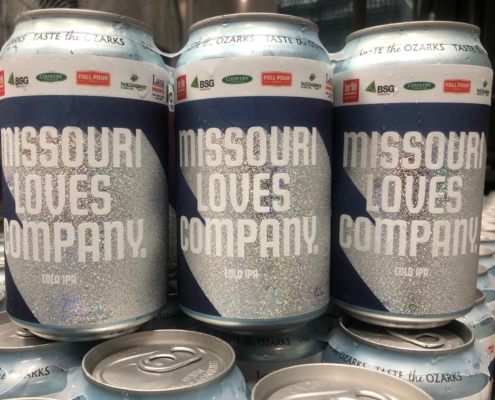 https://ustl.com/wp-content/uploads/2021/09/MissouriLovesCompanyLabelonCans.jpg
1512
2016
AbstraktMarketing
https://ustl.com/wp-content/uploads/2025/06/USTL-Logo-2025-Anniversary-LargerBanner.png
AbstraktMarketing2021-09-14 20:39:022025-10-05 15:29:59Craft Beer and Collaboration: Missouri Loves Company™
https://ustl.com/wp-content/uploads/2021/09/MissouriLovesCompanyLabelonCans.jpg
1512
2016
AbstraktMarketing
https://ustl.com/wp-content/uploads/2025/06/USTL-Logo-2025-Anniversary-LargerBanner.png
AbstraktMarketing2021-09-14 20:39:022025-10-05 15:29:59Craft Beer and Collaboration: Missouri Loves Company™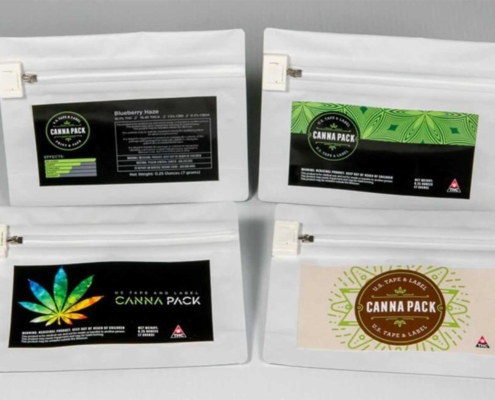 https://ustl.com/wp-content/uploads/2020/05/USTL-Cannapack-label-solutions-.jpg
1250
2000
AbstraktMarketing
https://ustl.com/wp-content/uploads/2025/06/USTL-Logo-2025-Anniversary-LargerBanner.png
AbstraktMarketing2020-05-29 09:00:002025-10-05 15:30:05USTL is Expanding Into Cannabis Labels
https://ustl.com/wp-content/uploads/2020/05/USTL-Cannapack-label-solutions-.jpg
1250
2000
AbstraktMarketing
https://ustl.com/wp-content/uploads/2025/06/USTL-Logo-2025-Anniversary-LargerBanner.png
AbstraktMarketing2020-05-29 09:00:002025-10-05 15:30:05USTL is Expanding Into Cannabis Labels https://ustl.com/wp-content/uploads/2020/05/USTL-Headquarters-in-st-louis-missouri.jpg
1250
2000
AbstraktMarketing
https://ustl.com/wp-content/uploads/2025/06/USTL-Logo-2025-Anniversary-LargerBanner.png
AbstraktMarketing2020-05-21 16:00:002025-10-05 15:30:05Your Favorite Label Printing Company Turns 70
https://ustl.com/wp-content/uploads/2020/05/USTL-Headquarters-in-st-louis-missouri.jpg
1250
2000
AbstraktMarketing
https://ustl.com/wp-content/uploads/2025/06/USTL-Logo-2025-Anniversary-LargerBanner.png
AbstraktMarketing2020-05-21 16:00:002025-10-05 15:30:05Your Favorite Label Printing Company Turns 70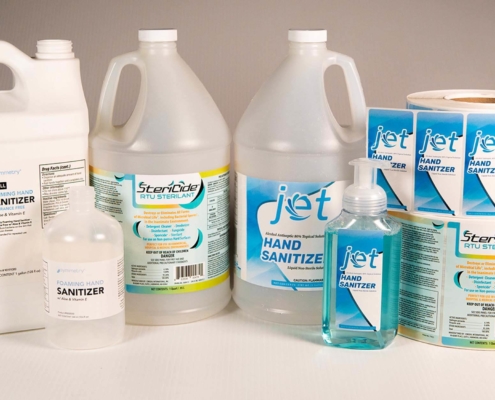 https://ustl.com/wp-content/uploads/2020/04/US-Tape-and-Label-HandSantizer.jpg
1250
2000
AbstraktMarketing
https://ustl.com/wp-content/uploads/2025/06/USTL-Logo-2025-Anniversary-LargerBanner.png
AbstraktMarketing2020-05-06 09:00:002025-10-05 15:30:06Hand Sanitizer Label Services
https://ustl.com/wp-content/uploads/2020/04/US-Tape-and-Label-HandSantizer.jpg
1250
2000
AbstraktMarketing
https://ustl.com/wp-content/uploads/2025/06/USTL-Logo-2025-Anniversary-LargerBanner.png
AbstraktMarketing2020-05-06 09:00:002025-10-05 15:30:06Hand Sanitizer Label Services https://ustl.com/wp-content/uploads/2020/04/US-Tape-and-Label-Facemasks-2.jpg
1250
2000
AbstraktMarketing
https://ustl.com/wp-content/uploads/2025/06/USTL-Logo-2025-Anniversary-LargerBanner.png
AbstraktMarketing2020-04-30 21:31:212025-10-05 15:30:06USTL Provides Face Shields to Local Emergency Response Teams
https://ustl.com/wp-content/uploads/2020/04/US-Tape-and-Label-Facemasks-2.jpg
1250
2000
AbstraktMarketing
https://ustl.com/wp-content/uploads/2025/06/USTL-Logo-2025-Anniversary-LargerBanner.png
AbstraktMarketing2020-04-30 21:31:212025-10-05 15:30:06USTL Provides Face Shields to Local Emergency Response Teams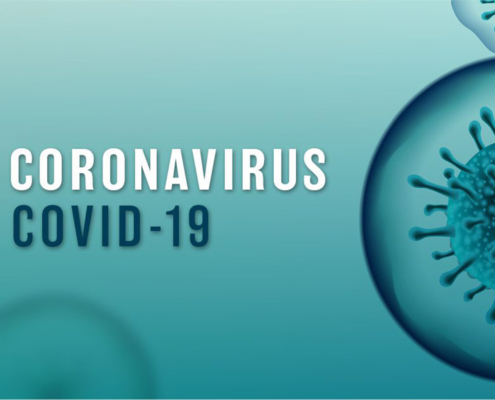 https://ustl.com/wp-content/uploads/2020/04/COVID-19-USTL-Update-.jpg
1250
2000
AbstraktMarketing
https://ustl.com/wp-content/uploads/2025/06/USTL-Logo-2025-Anniversary-LargerBanner.png
AbstraktMarketing2020-04-15 09:00:002025-10-05 15:30:06The USTL Approach to COVID-19
https://ustl.com/wp-content/uploads/2020/04/COVID-19-USTL-Update-.jpg
1250
2000
AbstraktMarketing
https://ustl.com/wp-content/uploads/2025/06/USTL-Logo-2025-Anniversary-LargerBanner.png
AbstraktMarketing2020-04-15 09:00:002025-10-05 15:30:06The USTL Approach to COVID-19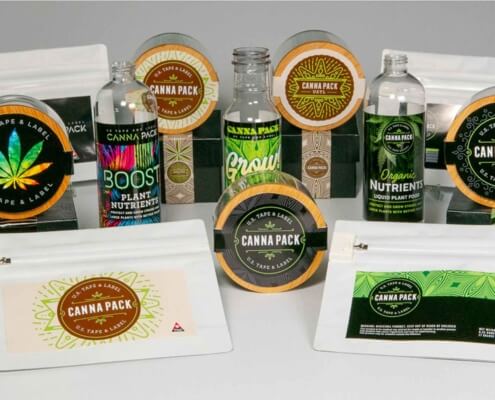 https://ustl.com/wp-content/uploads/2019/12/US_Tape_Cannabis-printed-product-2.jpg
1250
2000
AbstraktMarketing
https://ustl.com/wp-content/uploads/2025/06/USTL-Logo-2025-Anniversary-LargerBanner.png
AbstraktMarketing2019-05-10 18:27:002025-10-05 15:30:07US Tape and Label Announces New Canna Pack Initiative
https://ustl.com/wp-content/uploads/2019/12/US_Tape_Cannabis-printed-product-2.jpg
1250
2000
AbstraktMarketing
https://ustl.com/wp-content/uploads/2025/06/USTL-Logo-2025-Anniversary-LargerBanner.png
AbstraktMarketing2019-05-10 18:27:002025-10-05 15:30:07US Tape and Label Announces New Canna Pack InitiativeGet In Touch
Phone
(314) 824-4444
Why U.S. Tape & Label?
Centrally-located and equipped with the cutting-edge equipment you need to get the best labels and look for your products. Our skilled team of in-house engineers will help you make the perfect label for any product you have.
